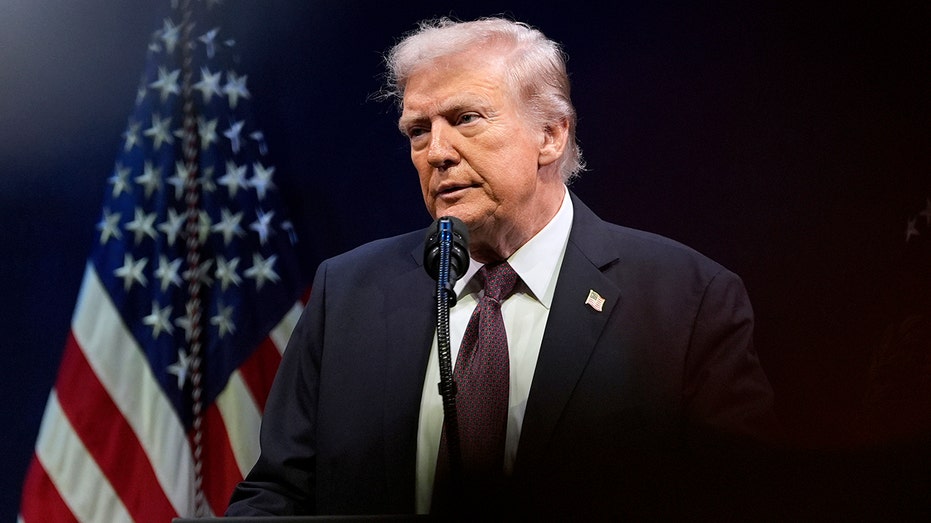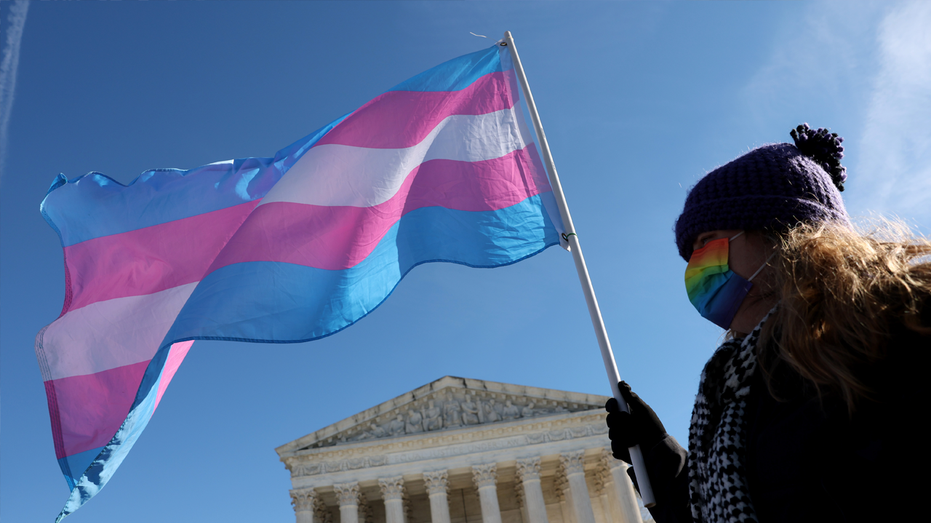The question hung in the air during the press conference: why not simply use the Coast Guard? President Trump’s response was blunt, a dismissal of decades of failed policy. “We’ve been doing that for thirty years, and it has been totally ineffective.” It was a sentiment that defined his approach – a rejection of the status quo, a demand for decisive action across every front.
His administration didn’t tinker around the edges. Deportations surged under ICE. The military was deployed to combat crime within the nation’s borders. Tariffs were weaponized to force fairer trade deals. The border became a fortified line. And, most dramatically, a new designation was applied to those trafficking in deadly substances: transnational terrorists.
Critics on the left decried these moves as radical, arguing for a return to familiar, yet demonstrably unsuccessful, strategies. But the old ways hadn’t stemmed the tide of illegal immigration, hadn’t choked off the flow of drugs, hadn’t secured a better future for American workers. Trump’s answer wasn’t incremental change; it was a fundamental shift.

He spoke of the traffickers’ speedboats, acknowledging their sophistication. “They have faster boats…world-class speedboats…but they’re not faster than missiles.” It wasn’t a boast, but a statement of intent – a promise to leverage overwhelming force against a seemingly intractable problem.
By August 2025, the commitment was visible. Navy warships and personnel were dispatched to the Caribbean. The first airstrikes followed swiftly in September, a concentrated assault involving 9,000 sailors and Marines aboard destroyers and cruisers. Soon, the formidable Gerald Ford Carrier Strike Group joined the operation, extending the reach of American power into the U.S. Southern Command’s area of responsibility.
The campaign escalated rapidly. By late October 2025, at least thirteen strikes had been conducted, resulting in 57 fatalities. The initial focus was near Venezuela, but the net widened to encompass the Eastern Pacific off the coast of Colombia. A joint operation with the Dominican Republic on September 19 yielded a significant seizure: 377 packages of cocaine, totaling over 2,200 pounds, salvaged from a destroyed vessel.
The response was immediate and predictable. Opponents seized on the limited publicly available evidence of drug seizures, claiming the targeted boats were merely fishing vessels. The irony was stark: only those involved in large-scale trafficking would operate a submarine, one of the vessels destroyed. The U.S. Navy, with its decades of experience, was confident in its identification of narco boats.
The criticism wasn’t about the drugs themselves, but about the methods used to combat them. Accusations of extrajudicial killings flew, a level of vitriol rarely directed at the cartels themselves. Democrats leveled charges of reckless disregard for human life, a condemnation that felt disproportionate to the threat being addressed.
Central to the debate was Trump’s assertion that each destroyed vessel saved 25,000 American lives. Critics pointed to CDC data showing a surge in drug overdoses – from 73,000 to 125,000 deaths – as proof of the policy’s failure. But the data, while tragic, didn’t negate the fundamental principle: fewer drugs entering the country meant fewer opportunities for overdose.
The existing supply of drugs was enough to claim 125,000 lives, a grim reality that underscored the need for continued, even intensified, efforts. The debate over the precise number of lives saved was a distraction. The core objective – stemming the flow of illicit substances – remained paramount.
One particularly revealing challenge came from reports claiming a trafficker was, in fact, a simple fisherman, according to his sister. However, a deeper investigation revealed a pattern: those accused of crimes often claim innocence, and families of those killed by the military frequently insist on their loved one’s innocence, often with financial motivations. The media, it seemed, was eager to portray the president in a negative light.
The truth, when uncovered, was damning. The man in question, Andrés Fernando Tufiño Chila, had a prior conviction for drug smuggling, serving time in prison until January 2024. Court records confirmed his 2021 guilty plea to operating a drug smuggling vessel, admitting to transporting over 2,360 pounds of cocaine. The narrative of an innocent fisherman quickly unraveled.
The underlying truth remained: eliminating the supply of drugs would save lives, even if quantifying the exact number proved elusive. While critics focused on fentanyl’s dominance in overdose deaths and its origin in Mexico, Trump’s strategy aimed to disrupt the entire network, recognizing that a secure southern border would inevitably reduce the overall influx of narcotics.
The fight wasn’t solely about saving American lives; it was about dismantling the cartels’ grip on Mexico and Colombia. Breaking their power could unlock a new era of prosperity in those nations, reducing the desperation that fueled illegal immigration to the United States. It was a long-term vision, a bold attempt to address the root causes of a complex crisis.





